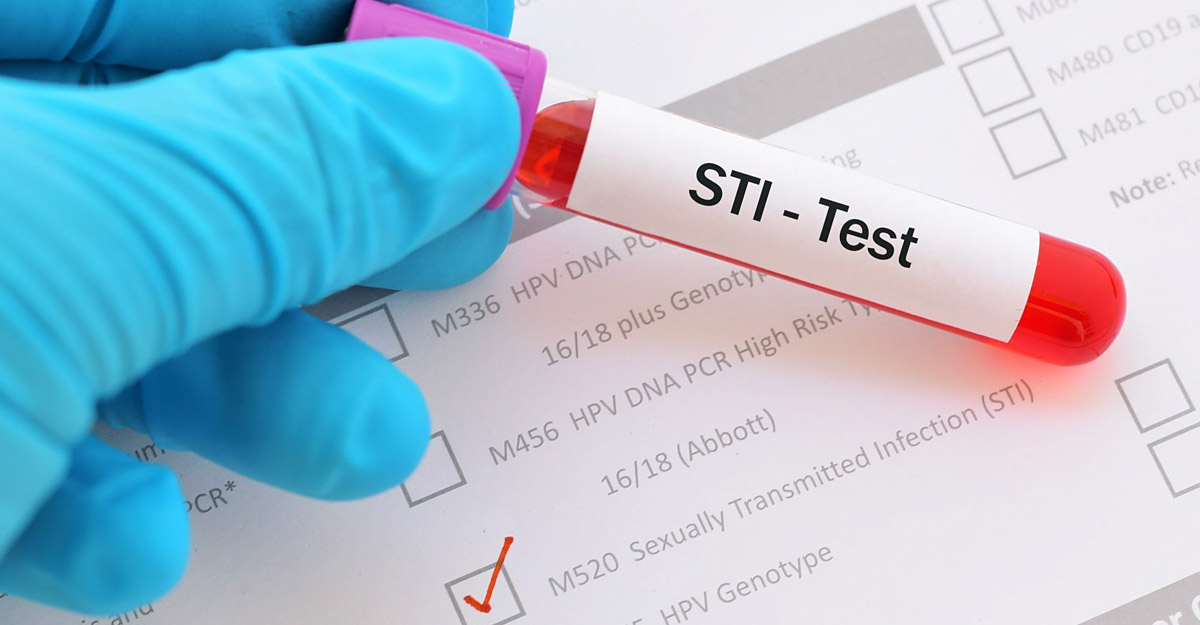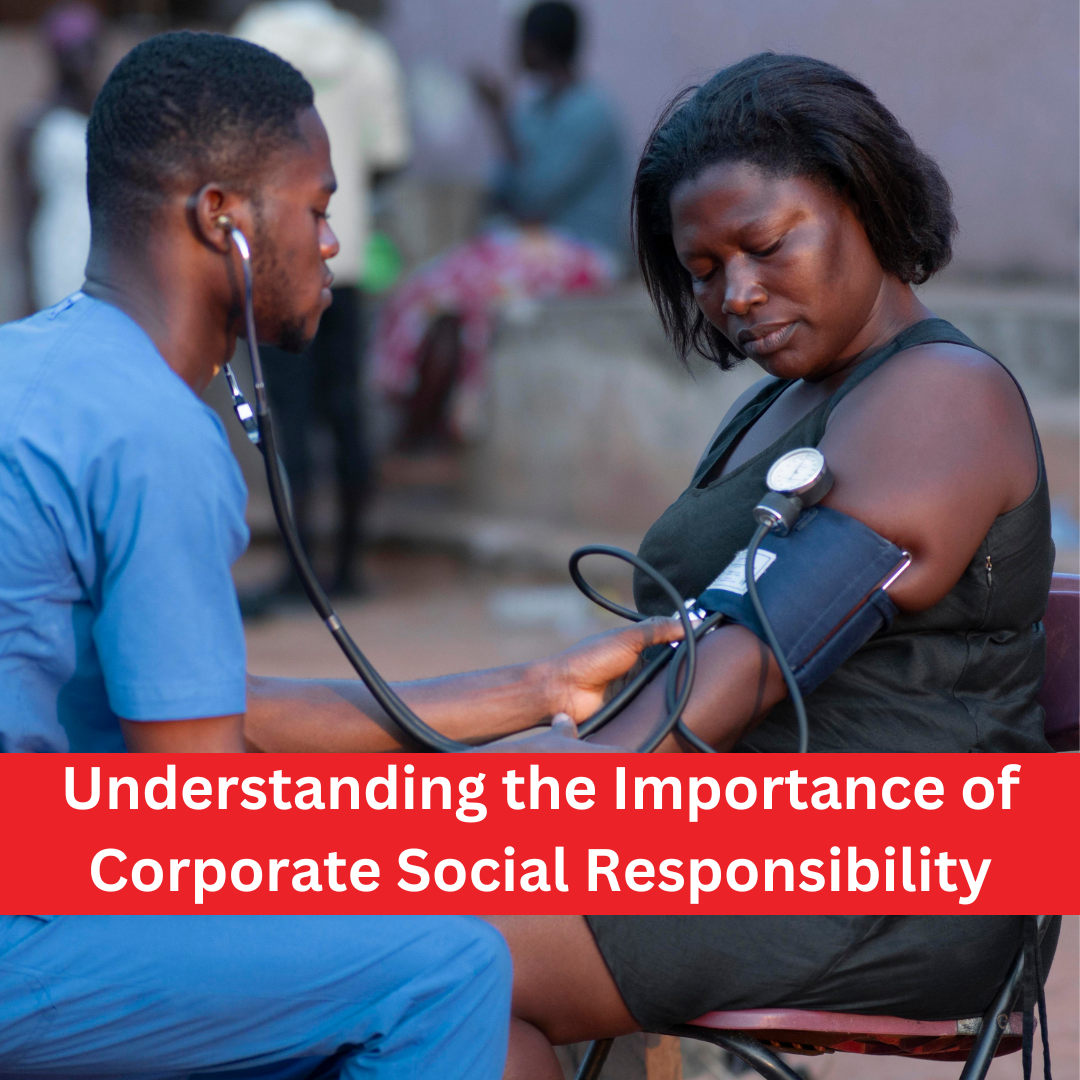Sexually Transmitted Disease (STDs) has struck millions of people worldwide. STDs are one of the most common diseases in society today.
Statistics from Statista highlight that in Nigeria, the spread of various sexually transmitted diseases (STDs) and, specifically, human immunodeficiency viruses (HIV) is a factor that affects public health. Human immunodeficiency virus (HIV) prevalence is high in Nigeria. The study also noted that most people do not fully understand how sexually transmitted diseases affect their health or to what extent they can be affected. We will show you what sexually transmitted disease is, how it affects you and how to prevent it.
Sexually transmitted disease what it means
World Health Organization defines sexually transmitted disease as a parasitic, bacterial, or viral infection transmitted through sexual contact. It can affect any body part but impacts males and females more than children.
We know them as Sexually Transmitted Infections (STIs) because microorganisms, viruses, and bacteria cause the diseases.
Infections that can easily pass on through the blood, semen, vaginal fluids, and any other body fluid caused them. The common ones are HIV, gonorrhea, syphilis, herpes, and hepatitis B.
Types of STDs
There are different sexually transmitted diseases or STDs. Bacteria, viruses, and parasites are all responsible for these infections. They include:
- HIV (Human Immunodeficiency Virus)
- Chlamydia
- Syphilis
- Herpes
- HPV (human papillomavirus)
- Gonorrhea
- Trichomoniasis
- Scabies
- Hepatitis B
- Crabs/Pubic lice
Related: 7 Benefits of Regular STD Screening
- Human Immunodeficiency Virus: HIV is a sexually transmitted disease that attacks the immune system and can lead to AIDS if left untreated. Anal, vaginal, and oral sex can transmit HIV, as well as through sharing drug needles. They can also pass from mother to child during pregnancy, birth, or breastfeeding.
- Chlamydia: Often called a “silent disease,” is an infection caused by bacteria. If not treated, it can lead to pelvic and reproductive issues, including infertility.
- Syphilis: bacteria that enter the body through breaks in the skin or mucous membranes cause this STD type. It may spread the disease to other people through sores on the lips, mouth, or genitals.
- Herpes: This viral infection may not cause any symptoms or cause sores on the lips or in the mouth or genitals, which are painful and often reoccur with no warning.
- Human Papilloma Virus (HPV): A common STD caused by the human papillomavirus, genital warts typically appear as flesh-colored bumps that grow in size and cause itching, burning, and pain.
- Gonorrhea is a sexually transmitted disease that can affect both men and women, brought on by the bacteria: Neisseria gonorrhea. Once you have it, you may not have any symptoms for up to 30 days.
- Trichomoniasis: a parasite causes this STD. People pass the parasite from an infected person to an uninfected person during sex. Trichomoniasis often has no symptoms.
- Scabies: A skin condition caused by tiny mites that dig into the upper layer of your skin to lay their eggs. The female mite burrows into your skin to live and lays eggs there. People can spread scabies through sexual contact or skin-to-skin contact with someone who has it.
- Hepatitis B: is an infection caused by a virus that attacks the liver. The virus, also called the hepatitis B virus (HBV), can cause lifelong disease, cirrhosis (scarring), liver cancer, liver failure, and death.
- Crabs/Pubic lice: Pubic lice, commonly referred to as ‘crabs’, are tiny insects that live in the pubic hair area. The symptom of pubic lice is itching in the genital area. There may also be little red bumps or blisters on your genitals, stomach, thighs, and buttocks.
Most STDs are preventable. Syphilis, gonorrhea, and chlamydia are simple to treat with antibiotics. Others, like crabs, lice, and HIV—might cause severe complications if left untreated. If you’re sexually active and have questions about the safety and effectiveness of your practices, talk to a physician or nurse about what kinds of precautions you should take to protect yourself from infection.
Key STDs facts by World Health Organization
- Worldwide, STIs account for 1 million new cases every day, with most of them asymptomatic.
- Three hundred forty-four (347) million new infections with one of the four STIs occur every year: chlamydia, gonorrhea, syphilis, and trichomoniasis.
- About 500 million people aged 15 to 49 years suffer from the herpes simplex virus (HSV).
- They are HPV-related cervical cancer results in 570 000 cases and over 311 000 deaths each year.
- In 2016, we estimated over 1 million pregnant women have syphilis, leading to over 350 000 adverse birth outcomes, including 200 000 stillbirths and newborn deaths.
- STIs can cause stigmatization, infertility, cancer, and pregnancy obstacles, and can pose a risk of HIV transmission.
- A major threat to reducing the burden of STIs is drug resistance, especially for gonorrhea.
Symptoms of Sexually Transmitted Diseases
Symptoms may include:
- Pain while urinating or defecating
- Abnormal vaginal discharge in women
- Vaginal bleeding between periods
- Rash
- Lower abdominal pain
- Sores on body parts that come into contact with an infected person during sex like genitals, anus, and mouth
- Fatigue
- Weight loss
- Fever
If you experience these symptoms or think your partner has exposed you to STDs, get tested for STDs immediately. Without treatment, some STDs can lead to infertility and increase the risk of HIV infection. Also, keep in mind that STDs do not always cause symptoms.
STDs and Pregnancy
You can also get an STD while you are pregnant.
STDs can be transmitted from a woman to her baby during pregnancy, birth, or breastfeeding. Some infections will cause no harm to the mother or baby, but other viruses may cause serious health problems for the unborn baby.
These problems include:
- Eye infections (in newborns)
- Pneumonia (in babies younger than one month)
- Low body weight at birth
- A neurological infection. If left untreated, this can lead to deafness or blindness.
It is also possible for you to pass the STD on to your newborn during childbirth. Pregnant women (and their partners) should get tested for STDs each trimester of pregnancy and once before delivery.
Pregnant women with STDs receive treatment according to their condition and needs. Doctors use different antibiotics to treat STDs that cause bacteria. They usually prescribe antiviral medicines if you have herpes or HIV/AIDS, or other STDs caused by viruses.
Getting an STD diagnosis
Lab specialists usually do STD tests on blood and urine samples. We can test these in a laboratory. However, if the person has chlamydia, gonorrhea, or herpes simplex virus (HSV), a swab sample from the affected area is required to confirm the diagnosis.
You might have an undetected STD without knowing it. It can cause serious harm to your reproductive health, so it is necessary to get tested regularly, especially if you are sexually active, whether kissing someone or having vaginal intercourse with them (even once).
Treating Sexually Transmitted Diseases
Treatment of STDs involves antibiotics or antivirals. An infected person may need surgery to correct some STD conditions. Specific treatments include:
- Antibiotics for bacterial infections (gonorrhea, syphilis, chlamydia)
- Antivirals for viral infections (genital herpes, HIV/AIDS)
- Antifungals for fungal or yeast infections (thrush in mouth or vagina)
- Antiprotozoal for parasitic worm infections
Preventing STDs
STDs can be prevented by using condoms every time you have sex and getting regular screenings at Medbury for sexually transmitted infections. Abstain from sex entirely if you have an STD or multiple partners.
If you have engaged in unprotected sex with an infected person who is not showing any symptoms at the moment, undergo STD screening before the symptoms manifest. Some STDs do not show any signs even when they are present.
Lastly, if your healthcare provider suggests you go for an STD test, there is no need to feel embarrassed because it is a routine part of healthcare. In addition, if your partner has engaged in similar activities, ask them to get tested, so you can monitor your sexual health together.







No Comments